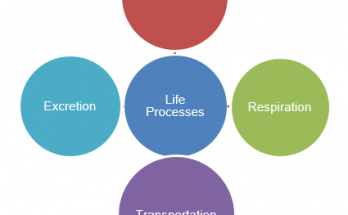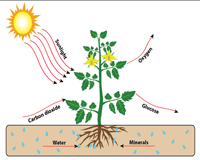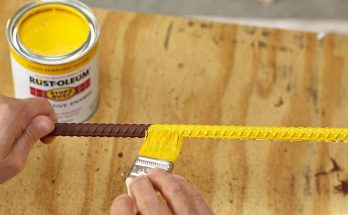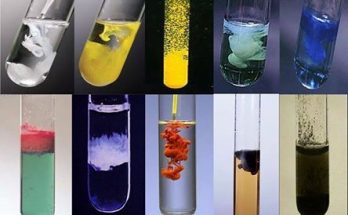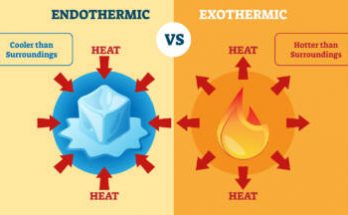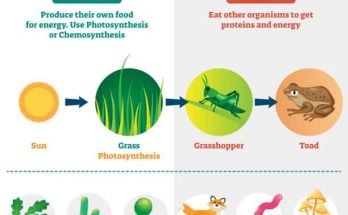
10 Important Differences between Autotrophic Nutrition and Heterotrophic Nutrition
Autotrophic nutrition and heterotrophic nutrition are two distinct modes of obtaining nutrients in living organisms. Autotrophic organisms are able to produce their own food through photosynthesis, whereas heterotrophic organisms must consume other organisms or organic material to feed themselves. This article looks at the differences between these two types of nutrition, including their methods of obtaining energy, their dependence on external factors and their impact on the environment.
10 Important Differences between Autotrophic Nutrition and Heterotrophic Nutrition Read More